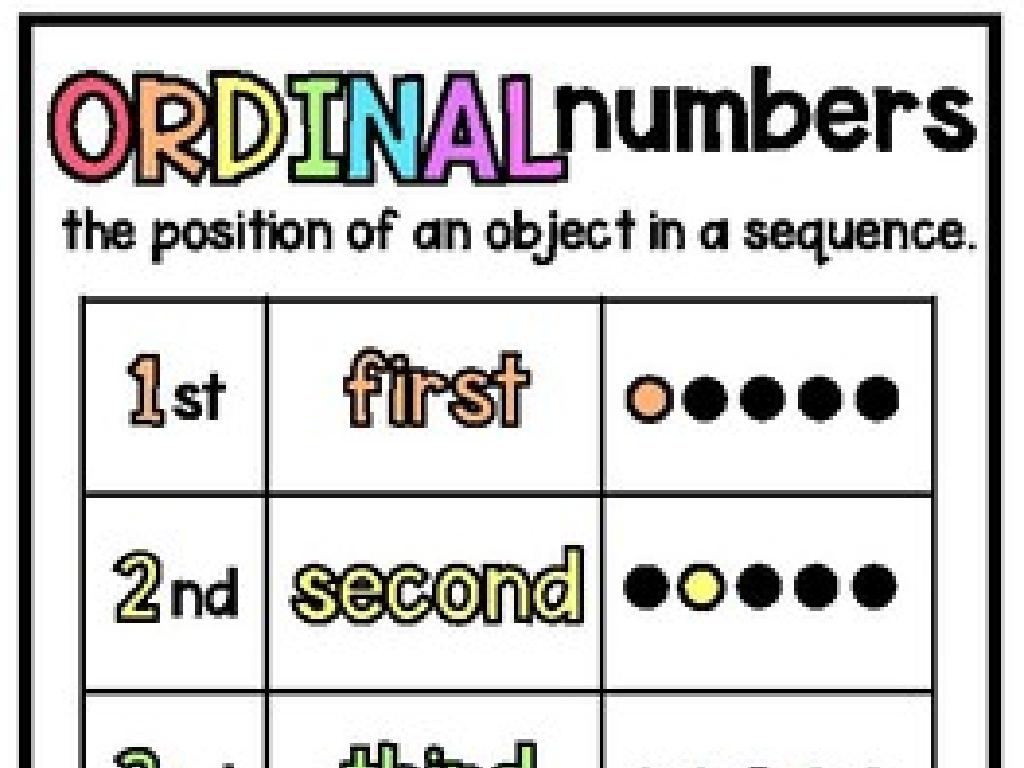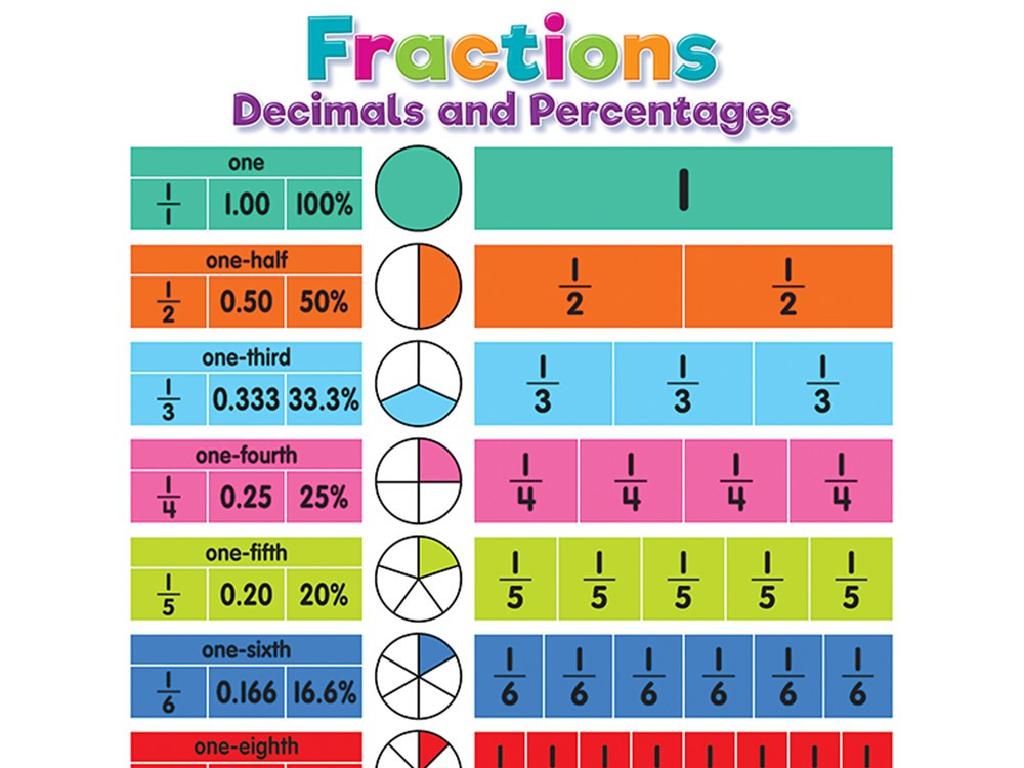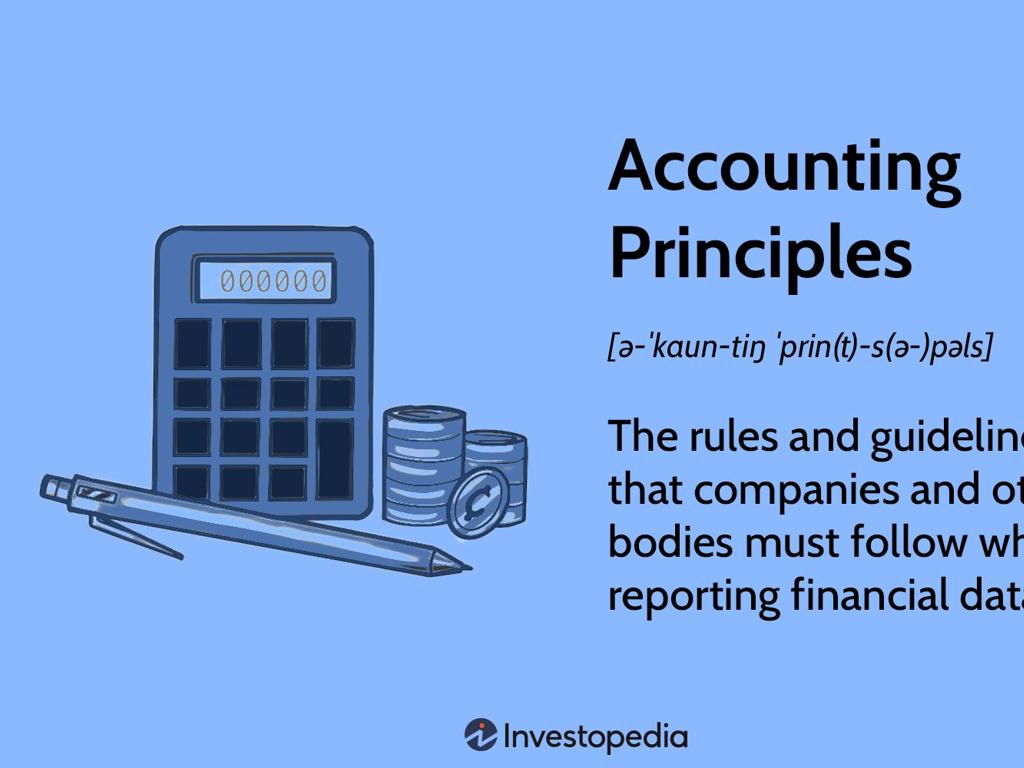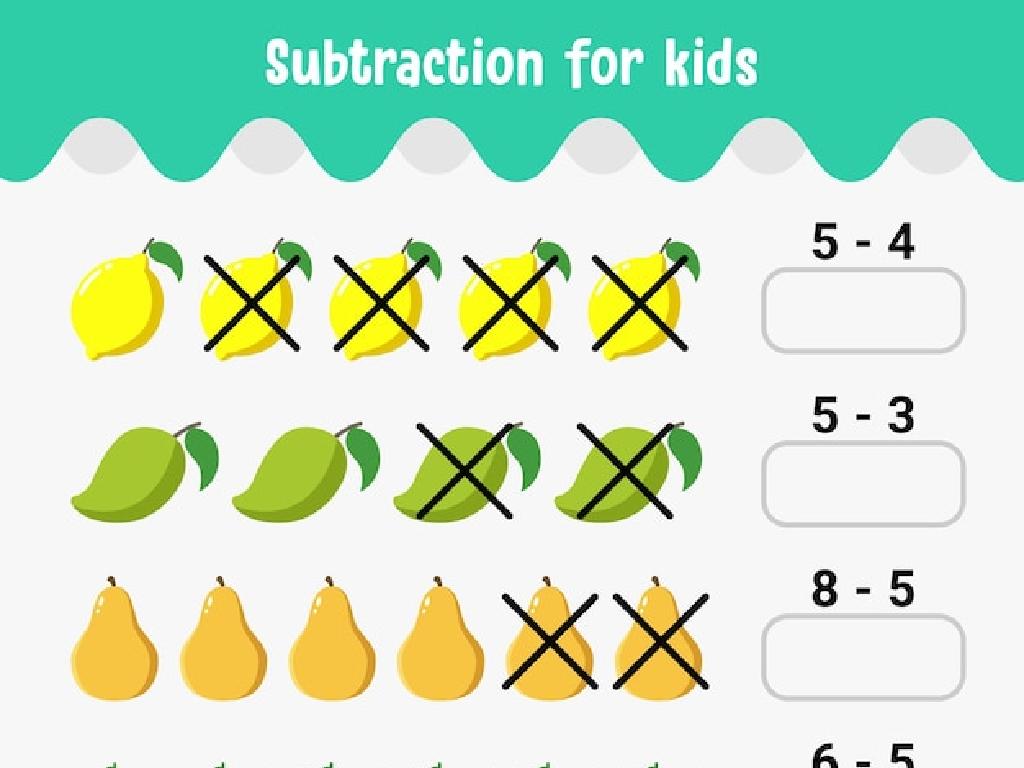Calculate Amounts Of Reactants Or Products In Chemical Reactions
Subject: Science
Grade: Eighth grade
Topic: Chemical Reactions
Please LOG IN to download the presentation. Access is available to registered users only.
View More Content
Introduction to Chemical Reactions
– Basics of chemical reactions
– A process where substances change into new ones
– Reactants vs. products
– Reactants are substances that start a reaction; products are what you get after the reaction
– Daily life chemical examples
– Baking bread, rusting iron, and digesting food
– Calculating reactants and products
|
This slide introduces students to the fundamental concepts of chemical reactions, which are processes that transform reactants into products. It’s crucial for students to understand that reactants are the starting materials and products are the results of the reaction. Provide relatable examples such as baking, where ingredients (reactants) combine to make a cake (product), or rust forming on iron. Emphasize that chemical reactions are all around us, not just in a lab. The goal is to prepare students for the upcoming lessons on how to calculate the amounts of reactants and products in chemical reactions, which is a key skill in understanding the quantitative aspects of chemistry.
Balancing Chemical Equations
– Understand Conservation of Mass
– Matter is neither created nor destroyed
– Learn to balance chemical equations
– Equal number of atoms for each element on both sides of the equation
– Practice with simple equations
– Work through examples as a class
– Importance of balanced equations
|
This slide introduces the concept of balancing chemical equations, starting with the Law of Conservation of Mass, which states that matter is neither created nor destroyed in a chemical reaction. Explain that balancing a chemical equation means making sure that there are equal numbers of each type of atom on both sides of the equation. This is crucial because it reflects the conservation of mass. Engage the class with simple balancing exercises to apply this concept. Emphasize the importance of mastering this skill as it is fundamental to understanding chemical reactions and stoichiometry. Provide several examples of unbalanced equations and guide students through the process of balancing them, ensuring they understand each step.
Moles and Molar Mass in Chemical Reactions
– Understanding the mole concept
– A mole is a unit that measures substance amount, similar to a ‘dozen’ for eggs.
– Calculating molar mass
– Molar mass is the weight of one mole of a substance, found on the periodic table.
– Converting grams to moles
– To convert grams to moles, divide the mass of the substance by its molar mass.
– Converting moles to grams
– To convert moles to grams, multiply the number of moles by the substance’s molar mass.
|
This slide introduces the fundamental concepts of moles and molar mass, which are crucial for understanding chemical reactions and stoichiometry. Begin by explaining the mole as a counting unit in chemistry, analogous to a dozen in everyday life. Then, guide students on how to calculate the molar mass of a substance using the periodic table. Provide examples of converting grams to moles by dividing by the molar mass, and vice versa, converting moles back to grams by multiplying by the molar mass. Ensure to use relatable examples and encourage students to practice these conversions with different substances to solidify their understanding.
Stoichiometry in Chemical Reactions
– Understanding stoichiometry
– Stoichiometry is the calculation of reactants and products in chemical reactions.
– Balanced equations & calculations
– Use coefficients from balanced equations to determine the amount of each substance.
– Role of stoichiometric coefficients
– Coefficients indicate the proportion of molecules involved in the reaction.
– Applying stoichiometry in reactions
|
Stoichiometry is a section of chemistry that involves calculating the amounts of reactants and products in chemical reactions. It’s essential for students to understand that reactions are based on the law of conservation of mass, where matter is neither created nor destroyed. By using the coefficients from balanced chemical equations, students can determine the proportional amounts of each substance involved. These coefficients are known as stoichiometric coefficients and are crucial for understanding the quantitative aspects of chemical reactions. During the lesson, provide examples of simple reactions and guide students through the process of calculating the amounts of reactants or products using stoichiometry. Encourage them to practice with various equations to become comfortable with the concept.
Limiting Reactants in Chemical Reactions
– Identify the limiting reactant
– The reactant that gets used up first and limits the amount of product
– Limiting reactant’s role in product formation
– The amount of product is directly proportional to the amount of the limiting reactant
– Practice problem on limiting reactants
– Example: Given reactants A and B, determine which is limiting if A runs out first
|
This slide introduces the concept of limiting reactants in chemical reactions, which is crucial for students to understand how reactants are consumed and products are formed. The limiting reactant is the one that is completely used up first in a reaction, thus determining the maximum amount of product that can be formed. Students should learn to identify the limiting reactant by comparing the mole ratio of reactants used to the mole ratio in the balanced chemical equation. The practice problem will involve a scenario where students must apply this knowledge to find out which reactant limits the reaction and how much product can be formed as a result. Encourage students to work through the problem step-by-step and discuss their reasoning with the class.
Yield of Chemical Reactions
– Theoretical vs. actual yield
– Theoretical yield is the max amount of product expected. Actual yield is what’s really obtained.
– Calculating percent yield
– Percent yield = (actual yield/theoretical yield) x 100%
– Significance of yield
– Yield determines reaction efficiency and resource use.
– Factors affecting yield
– Temperature, pressure, and purity can impact yields.
|
This slide introduces students to the concept of yield in chemical reactions, distinguishing between theoretical yield the maximum amount of product that could be generated from reactants and actual yield, which is typically less due to various inefficiencies. Understanding how to calculate percent yield is crucial for evaluating the efficiency of a chemical reaction. The importance of yield extends to industrial applications where cost and resource management are key. Discuss factors that can affect yield, such as reaction conditions and the quality of reactants, to give students a deeper insight into practical chemistry.
Class Activity: Stoichiometry Challenge
– Apply stoichiometry to real-world
– Work in groups on a problem
– Collaborate to find the solution
– Present findings to the class
– Explain your calculation process
– Discuss the importance of accuracy
– Understand why precise measurements matter
|
This activity is designed to reinforce students’ understanding of stoichiometry by applying it to a practical problem. Divide the class into small groups and provide each with a unique stoichiometry problem that relates to real-world scenarios, such as cooking or manufacturing. Encourage teamwork and problem-solving as they work through the calculations. Each group will then present their problem, solution, and how they arrived at their answer, promoting communication skills. Emphasize the importance of accurate calculations in chemical reactions, as this can affect the outcome in real-life applications. Possible activities: calculating the ingredients for a recipe, determining the amount of reactants needed for a desired product yield, or figuring out the purification process of a chemical. This will help students grasp the relevance of stoichiometry in everyday life and various industries.
Conclusion: Stoichiometry in Chemical Reactions
– Recap of today’s key concepts
– Stoichiometry’s role in science
– Stoichiometry helps predict product amounts from given reactants.
– Its industrial significance
– Used in pharmaceuticals, materials manufacturing, and more.
– Practice problems as homework
|
As we conclude today’s lesson, it’s important to review the key concepts of stoichiometry that we’ve covered. Understanding stoichiometry is crucial for predicting the amounts of reactants and products in chemical reactions, which is a fundamental aspect of scientific experiments and industrial processes. Industries such as pharmaceuticals, materials manufacturing, and environmental engineering rely on stoichiometry for efficiency and sustainability. Encourage students to practice stoichiometry problems at home to reinforce their learning. Provide them with additional problem sets that challenge their understanding and prepare them for more complex applications of stoichiometry in real-world scenarios.






